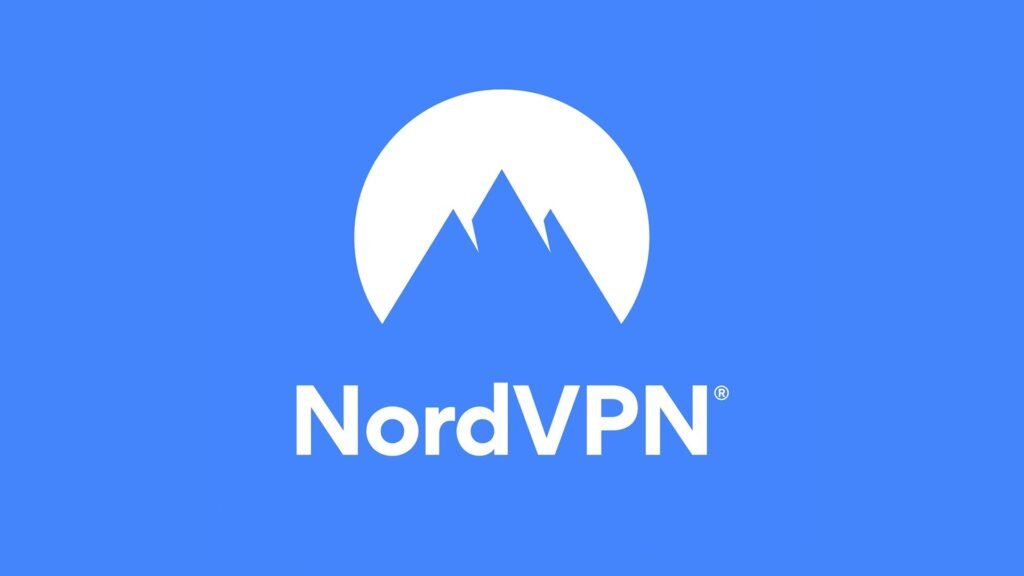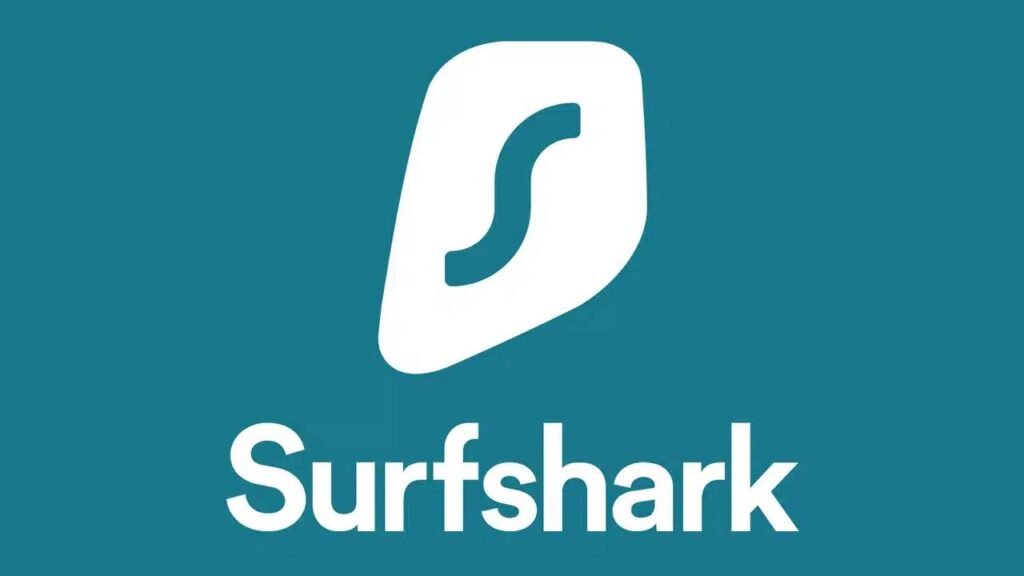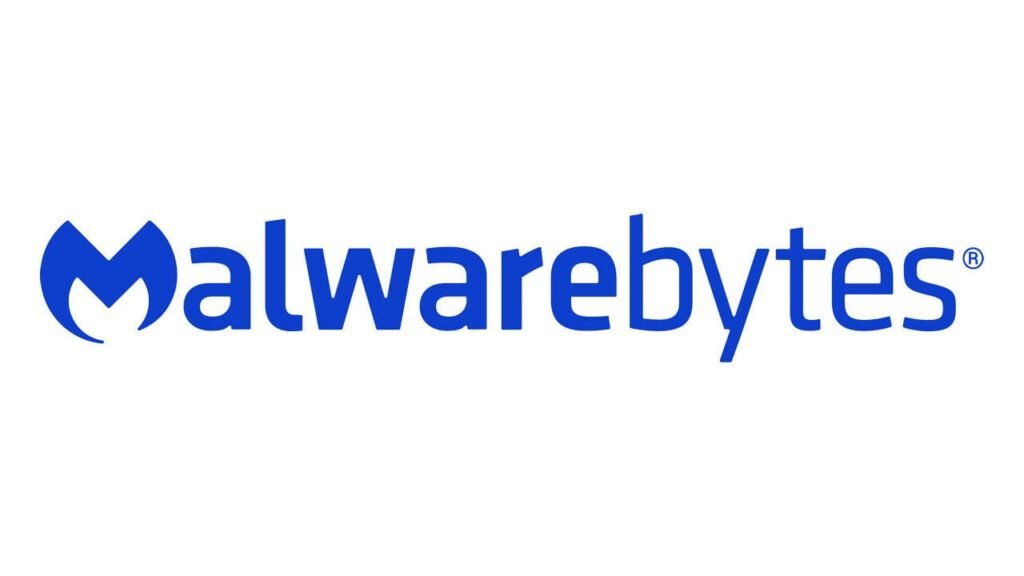Did you know the global AI market was worth $62 billion in 2020? It's expected to grow by 40.2% each year until 20281. Using AI to organize your day can change how you work and manage time. AI scheduling tools help you plan better by sorting tasks by deadline and importance2.
This guide will show you how to use these tools. You'll learn to make your daily tasks more efficient. It's all about using AI to organize your day better.
Adding AI to your daily routine can save you time and make your work flow better. These tools offer both free and paid options, so you can pick what fits your needs2. Get ready to see how AI can change your scheduling game!
Key Takeaways
- • The global AI market is rapidly growing, indicating a shift towards integrating technology in daily tasks.
- • AI tools like Google Calendar and x.ai can simplify personal and team scheduling.
- • Many powerful AI scheduling tools offer both free and premium versions.
- • AI can analyze historical data to provide insights into your productivity patterns.
- • AI-driven tools can help automate scheduling, making it easier to adapt to unexpected changes.
Understanding AI and Its Role in Daily Scheduling
Generative AI is changing how we plan our days. It makes schedules based on what you like and do. For example, ChatGPT from OpenAI helps you organize your time like a pro3.
AI scheduling tools use smart algorithms to plan better. They sort tasks by how urgent and important they are. They also send reminders when you want them4. ChatGPT gets better at helping you if you give it more details3. Plus, talking to your AI often keeps your to-do list up-to-date with your changing needs3.
AI looks at your work habits and suggests meeting times. It adjusts its advice as your schedule changes5. Tools like Calendly and BeforeSunset AI make planning fast, saving you lots of time5. They keep your schedule in sync with your goals, boosting your productivity5.
Using AI for scheduling can make your days more productive. It helps you manage your time better and get more done every day.
The Benefits of Using AI for Organizing Your Daily Schedule
Using AI to organize your daily schedule brings big benefits. It automates routine tasks, reducing mistakes and conflicts. This lets you focus on important tasks.
Studies reveal that 57% of workers find it hard to manage their tasks. Only 12% use a time management system. Smart scheduling tools can save a lot of time, with 76% of people ready to spend up to 30 minutes daily to save 90 minutes later6.
AI tools make scheduling more flexible and adaptable. They help you understand roles and responsibilities better. This is key for 40% of workers who struggle with organizational issues6.
AI tools help you balance work and leisure, leading to happier employees. They improve task management, giving a better work-life balance. Also, 90% of people say better time management boosts productivity at work6.
AI scheduling tools automate tasks and grow with your needs. They improve information management with features like automated note linking and natural language search. AI solutions are crucial for modern scheduling systems78.
Step-by-step tutorial: Using AI to organize your daily schedule
Starting with AI for scheduling means planning well to make your day better. First, list all your tasks, like work, personal stuff, and fun activities. Group these into daily tasks and project tasks. This makes planning easier and helps you focus on what's most important9.
Gathering Your Daily Activities and Tasks
Start by writing down all tasks you need to do. Sort them into two main groups:
- • Daily Tasks: These are regular tasks like emails and meetings.
- • Project-Related Tasks: These are tasks for specific projects you're working on.
Linking tasks helps see how they fit into your bigger goals9. This way, you can plan your time and resources better. It ensures you're doing the right tasks at the right time.
Creating Effective Prompts for AI
Next, make good prompts for AI reminders. Clear and specific prompts get better answers than vague ones. When asking AI to schedule tasks, remember:
- • Be clear about the time needed for each task.
- • Mention any special needs like room availability or preferences.
- • Explain why each task is important to help AI know what to prioritize.
Being clear helps AI plan better and makes it easier to change plans if needed10. For example, if a teacher can't make it, AI can adjust the schedule to keep things going10.
Using these steps, you can make the most of AI in planning your day. This will boost your productivity and keep you organized.
How AI Scheduling Assistants Work
AI scheduling assistants have changed how we manage our daily tasks. They use smart algorithms to handle scheduling for us. These tools learn from our habits and past activities, making our time more productive.
They look at our past to suggest changes that fit our lifestyle. This way, our schedule is always as efficient as it can be1112.
When connected to platforms like Google Calendar, these personal digital assistants keep your appointments in order. Tools like Clockwise help avoid scheduling conflicts and allow for breaks. This improves your time management13.
MotionAI sorts tasks by their urgency and when you're free. This helps you focus on what's important each day13.
As these AI tools learn from us, they get better at suggesting the best times for activities. This means we have a better chance of reaching our goals while managing our time well12. They even alert us to potential scheduling conflicts, helping us avoid them12.
Key Features to Look for in AI Scheduling Tools
Choosing the right AI scheduling tool can greatly improve your productivity. Important features make these tools effective and easy to use. Here are key features to look for in a tool that meets your time management and productivity needs.
User Interface and Ease of Use
A user-friendly interface is key for maximizing productivity with AI scheduling tools. You want a tool that lets you navigate easily, so you can do tasks quickly. Over 70% of users saw a big drop in missed appointments with AI scheduling tools, showing how important it is to use tools that are easy to use14.
Look for tools with simple dashboards and easy navigation. They should work well for users of all skill levels.
Integration Capabilities with Other Apps
Being able to integrate with other apps is a crucial feature of AI scheduling tools. Good tools work well with popular apps like Trello, Asana, and Google Calendar. For example, Trello has over 350 integrations, showing how powerful tools can make scheduling better15.
A tool that integrates well can make workflows smoother, improve team communication, and cut down on scheduling problems. Companies using AI scheduling tools saw a 25% drop in scheduling conflicts14.
| Feature | Description |
|---|---|
| User-Friendly Interface | Simplifies navigation and increases efficiency |
| Integration | Compatibility with various productivity apps like Trello and Asana |
| Automated Reminders | Decreases missed appointments with timely notifications |
| Analytics Tools | Offers insights to optimize scheduling and productivity |
| Cost-Effectiveness | Varies based on premium features (average $3.99 to $99.99/month) |
When looking at AI scheduling tools, think about these key features. They can make your daily routine better and help you manage your time better. The right tool can make scheduling easy and improve your daily tasks14.
Popular AI Scheduling Assistants to Consider
Exploring AI scheduling assistants, you find many tools to improve your calendar and time management. This section looks at some top choices, focusing on their features, prices, and how users like them.
Overview of Top Tools
Here are a few standout AI scheduling assistants worth considering:
- • Motion: Rated as the best overall scheduling app with a score of 9.5 out of 10, Motion excels with features like automatic task management and calendar integration, streamlining workflow and optimizing time usage16.
- • BeforeSunset AI: This tool is recognized for its friendly, easy-to-navigate workspace, earning a score of 9.2 out of 10. It organizes tasks and calendars, making it a user-favorite for efficiency16.

Comparison of Features
| Tool | Rating | Key Features | Pricing |
|---|---|---|---|
| Motion | 9.5/10 | Automatic task management, project tracking, meeting scheduling, calendar integration | $19/month (annual), $34/month (monthly)16 |
| BeforeSunset AI | 9.2/10 | Task organization, priority tags, subtasks, recurring tasks | Starting at $9.99 (25% off first payment with code “MILLIEPHAM”)16 |
AI scheduling assistants are becoming more popular. They help change how businesses interact and schedule. Companies using these tools see big productivity boosts. This shows how important it is to pick the right tool for your needs17.
Leveraging Generative AI for Daily Routine Planning
Generative AI makes planning your daily routine easier. It helps you make schedules that work for you. Tools like ChatGPT and Google Bard help manage your day, freeing up time for important tasks18.
It's key to set aside time for yourself. This keeps your work and personal life in balance. AI can help you adjust your schedule as needed, keeping your commitments19.
Getting the most out of AI means asking the right questions. Good questions help AI give you useful advice. Businesses are also using AI to improve their work processes1918.
| Benefits of Generative AI in Daily Routine Planning | Description |
|---|---|
| Time Assessment | Generative AI can evaluate how your time is allocated, suggesting adjustments for better engagement. |
| Personal Time Management | AI can help you block out personal time to enhance work-life balance. |
| Adaptability | Generative AI can adapt your schedule based on unforeseen events and necessary changes. |
| Task Automation | Automates routine tasks such as scheduling meetings and managing emails, freeing time for critical projects. |
| Performance Tracking | Generative AI can track productivity and suggest improvements based on your habits. |
Privacy and Security Considerations When Using AI
Using AI scheduling tools means you need to think about data privacy. Many companies must follow rules like GDPR and CCPA to keep trust and integrity20. Learning about digital literacy helps you use AI safely21.
Businesses should use strong security like biometric screening and multi-factor authentication. These steps protect against data breaches20. Also, keeping software up to date and encrypting data helps keep business info safe20.
It's key for AI products to be open about their privacy policies. Knowing how your data is used helps you feel secure. Choose AI tools that let you control your privacy settings20. Having a strong security team is also important20.
Be aware of AI's risks, like bias and ethics issues. These can cause problems. Knowing your company's AI policy is important21. Keeping your data private is crucial for your safety.
How to Fine-Tune Your AI Recommendations
Fine-tuning your AI recommendations is key to making your daily planning better. By giving feedback to your AI tool, you help it suggest things you like more. This active use makes the system better over time, fitting your changing needs.
Task automation makes fine-tuning easier. Keep your task list and preferences up to date. This keeps the AI in sync with your life. As you use the AI more, it gets better at planning, needing less input and knowing more about your world22.
Starting the fine-tuning process involves some tech steps. First, upload your training data in JSONL format to OpenAI. This helps train and check the model. Aim for 50-100 examples to see real improvements23.
Check how well the model works with scores like accuracy and F1 score. These scores help you tweak and improve. Always save the model's predictions to keep learning and getting better.
Combining AI Tools with Traditional Time Management Techniques
To make your daily planning better, mix AI tools with old time management tricks. Using the Pomodoro Technique and the Eisenhower Matrix can make you more effective. AI time blocking helps by automating your schedule for work, meetings, and breaks24.
This lets you focus on hard tasks while keeping your personal time safe24.
AI tools can also protect your time by limiting when you're available24. Some people save up to 60% of their time with AI25. By tweaking AI to fit your schedule, you can work smarter and keep your favorite methods24.
For example, mixing task batching with AI time blocking can really increase your output.
When you try out AI tools like Clockwise, Reclaim.ai, and Trevor AI, see how they fit with your current habits24. Features like color-coded calendars and productivity tips can change how you manage time a lot24.
It's important to check your schedule often to make sure it matches your changing needs24.

Real-Life Examples of Successful AI Scheduling
AI scheduling has changed how we manage our daily tasks. It has made us more organized and productive. We'll look at real-life examples to see how AI scheduling tools have made a difference.
Case Studies of Users' Experiences
Motion AI scheduling assistant automates up to 90% of project planning. This cuts down on manual tasks and helps meet deadlines26. Users say it lets them focus on strategic work, boosting their productivity.
TimeHero is popular with small teams for its efficient calendars. Starting at $4.60 per user per month, it helps manage time well26. Team members feel less stressed and can focus on important tasks, thanks to its scheduling features.
In healthcare, AI scheduling tools have made a big impact. Medical practices use them to set appointments and send reminders. Patients like the efficiency, and doctors see better satisfaction and fewer no-shows27.
ChatGPT is a great example of AI in time management. It helps with emails and daily tasks28. It shows how AI can support productivity in many ways.
AI scheduling is making a big difference in our daily lives. It helps with lead generation and personal time management27. It makes us more organized and efficient, making our daily routines easier.
Conclusion
Using AI to organize your daily schedule can really boost your productivity. This guide shows how to tailor AI tools to your needs for a better routine. With technology, you can tackle important tasks while AI handles the routine stuff.
But, remember, keeping your schedule up-to-date is key in today's fast world. Using tools like the Eisenhower Matrix can help make sure your tasks match your goals29. Learning from others' experiences will also make you better at using these tools.
By adding AI to your daily life, you'll make your tasks more efficient.



